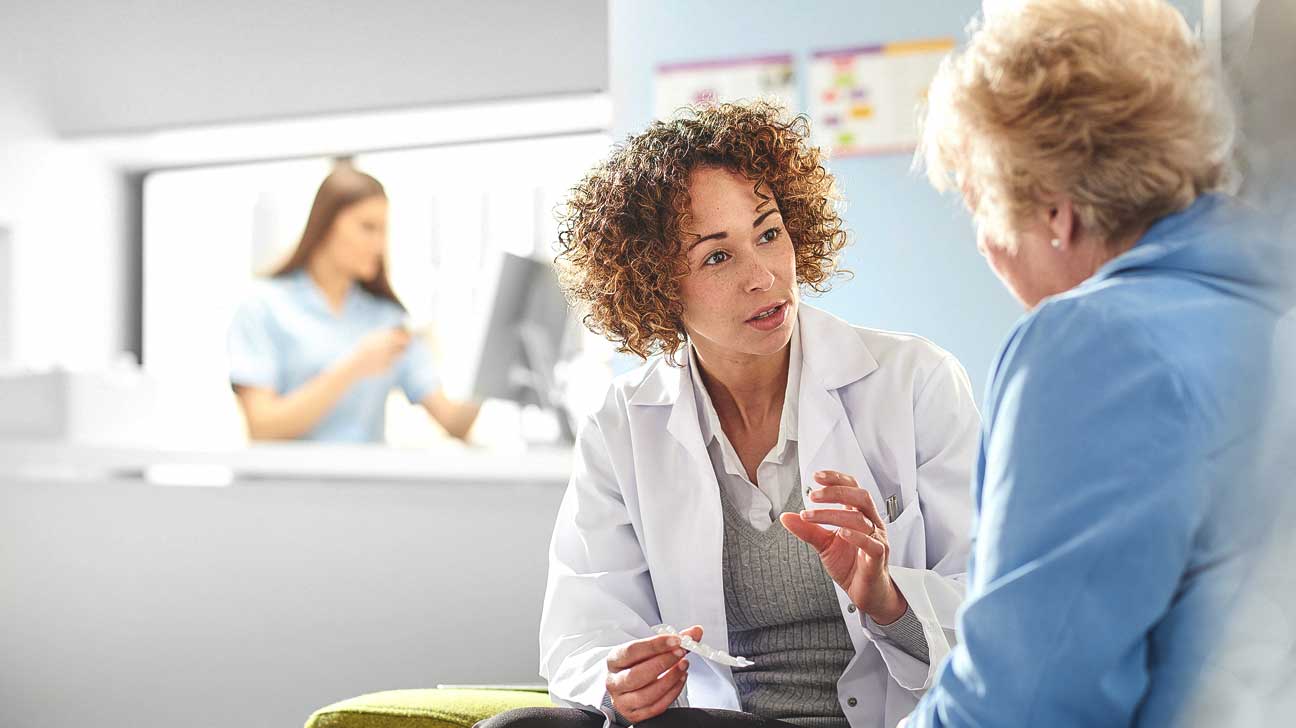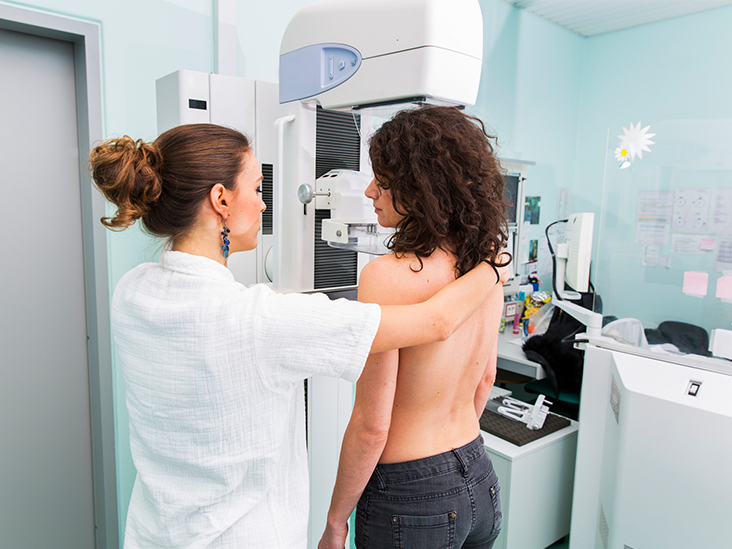https://www.medicalnewstoday.com/articles/320379.php
What to know about mastectomy scars
Last reviewed
The incision and surgical approach a surgeon takes when performing a mastectomy depend both on the amount of breast tissue that needs to be removed, as well as a woman's desire for reconstruction after the procedure.
Fast facts on mastectomy scars:
- Surgical approaches such as nipple-sparing surgery may change the look of scars.
- The approach may depend on the size and extent of the tumor.
- A woman's desire for reconstruction also determines the type of incision used.
Mastectomy incision approaches
 The appearance of mastectomy scars will depend on the type of incision used.
The appearance of mastectomy scars will depend on the type of incision used.
Often, the appearance of a mastectomy scar will depend upon the incision and approach a surgeon takes.
To begin the surgery, a surgeon will make an incision in the chest skin to expose the inner portion of the breast.
Once the surgeon has removed the breast tissue, muscles, and lymph nodes as needed, the surgeon will suture the skin where the incision was made.
As the wound heals, a mastectomy scar will form. Despite the different approaches described in this article, the majority of mastectomy scars heal in a horizontal line across the chest, sometimes in a half-moon shape. Often, the incision type and resulting scar depend upon where the breast cancerlesion was in the first place.
Over many years of breast surgery, the approach that surgeons take to surgical incision has changed significantly. There are now a variety of surgery options available to women, and they should be sure to ask their surgeon what approach they intend to use and what the outcome may be.
What types of mastectomy cause scarring?
While all forms of mastectomy will result in some scarring, there are a range of approaches a surgeon can take:
Partial mastectomy or lumpectomy
A partial mastectomy involves removing the tumor and some breast tissue. Sometimes the surgeon will also remove a portion of the lining that covers the chest muscles.
A lumpectomy will usually leave a small linear scar on the skin of the breast. Sometimes, surgeons can make the incision in the crease beneath the breast or around the nipple to hide the scar.
With a partial mastectomy, the majority of the breast is left intact, and therefore reconstruction is not usually needed. Women who have a lumpectomy will require radiation treatment after surgery.
Skin-sparing mastectomy
This surgical approach is typically performed on women planning to undergo reconstruction immediately afterward. It involves removing the breast, areola and nipple, and lymph node or nodes, but preserving the rest of the woman's breast skin.
Preserving the majority of the breast skin allows for immediate reconstruction of the breast, using an implant or the woman's own tissue. A skin-sparing mastectomy usually leaves a visible medium to large scar on the front of the breast. However, the surgeon might be able to hide the scar by making the incision in a less obvious place.
Nipple-sparing mastectomy
A woman who is undergoing a prophylactic or preventive mastectomy or has a small or early-stage breast cancer may be a candidate for a nipple-saving mastectomy. This procedure involves preserving the breast skin as well as the areola.
This technique is typically performed on women with smaller breasts and will result in a scar on the side of the breast. However, the surgeon can make the incision in the crease below the breast at the bra line so that the scar is not visible.
Simple mastectomy or total mastectomy
This surgical approach involves removing the breast, areola and nipple, and, sometimes, lymph nodes, as well as a variable amount of breast skin, depending on the plans for reconstruction.
The chest wall and lymph nodes that are further away from the breast, such as the axillary lymph nodes in the armpit, are not removed.
The surgeon typically makes an oval-shaped incision that goes around the nipple across the width of the breast, leaving a visible scar.
Modified radical mastectomy
Similar to a simple mastectomy, this approach involves removing all breast and breast tissue as well as lymph nodes in the breast and armpit. The chest wall is often left intact. A modified radical mastectomy will result in a large, visible scar on the chest.
Additional treatments
 Recovery can take weeks, and chemotherapy may be required.
Recovery can take weeks, and chemotherapy may be required.
The goal of the mastectomy or oncologic surgery is to remove only as much tissue as is necessary to treat the woman's cancer.
A breast surgeon and oncologist will discuss the options and help a woman make the best decision for her. After the surgery, a woman will likely have drainage tubes and need several weeks to recover.
Some procedures, such as lumpectomy do not usually require a stay in the hospital, while mastectomies often require a hospital stay.
The length often determined by the type of the mastectomy a woman has had as well as the type of reconstruction.
Following the mastectomy, a doctor may recommend radiation therapy or chemotherapy to shrink or kill remaining cancer cells. This can affect the healing of the wound.
A woman should watch for signs of infection, such as warmth, redness, or drainage from the surgical site as well as fever, which can indicate a systemic infection.
Breast reconstruction after mastectomy
Breast reconstruction is a further surgical option after a mastectomy, where a surgeon will recreate the appearance of a woman's breast or breasts either at the time of mastectomy or at a later time.
A surgeon may take tissue from another part of a woman's body, use breast implants, or a combination of both, to reconstruct the breast.
Tissue expansion and implants
If a woman opts for implant reconstruction, a doctor will place a device known as a tissue expander under the chest muscle or breast skin.
This can be performed at the same time as the mastectomy (immediate reconstruction) or in the future (delayed reconstruction.) The woman will need to visit the doctor several times to have the implant filled with saline to expand it.
Once the chest skin has stretched and healed after surgery, a surgeon can fit a permanent implant. This usually occurs about 2 to 6 months after mastectomy.
In some women, however, a permanent implant is inserted at the time of mastectomy.
Autologous tissue reconstruction
Another option is autologous tissue reconstruction, which is also known as "flap" reconstruction. In this procedure, a doctor takes tissue from the woman's abdomen, back, or buttock and uses the flap of breast skin that was preserved during the mastectomy to reconstruct the breast.
These can be very detailed procedures because a surgeon will sometimes have to reconstruct the circulation to the breast tissue.
Again, this type of reconstruction can be performed at the time of mastectomy or some time in the future.
What if a woman does not opt for reconstruction?
According to BreastCancer.org, an estimated 44 percent of women undergoing mastectomy do not opt to have follow-up reconstruction.
Many women choose not to reconstruct their breast for various and personal reasons. Some of these may include:
- Health concerns that could make future surgeries dangerous or ill-advised.
- The desire to resume daily activities more quickly.
- Concerns about taking tissue from other areas of the body or using an implant to reconstruct the breast.
- Concerns about cost related to reconstruction.
Some women who do not choose reconstruction may choose to wear a prosthesis or artificial breast that can be inserted into a bra, or an adhesive breast-shaped device that attaches to the woman's body.
Some women do not like to use these options, and may refer to their decision to not use a prosthesis as "going flat."
Reducing scarring without reconstruction
If a woman decides against reconstruction, she should talk with her doctor about surgical options that can make the mastectomy scar and resulting skin as comfortable as possible.
For example, a surgeon can ensure that the scar lies as flat as possible against the chest, which can make the chest feel smooth. Otherwise, some women are left with rolls of skin on the chest that can create a bulging appearance.
While this is not harmful, many women do not like the way it looks.
Sometimes, a surgeon may make what is known as a "Y" incision that adds two small incisions on the end of the traditional long incision. This can reduce the incidence of bulging skin.
Mastectomy tattoos
In February 2017, the Journal of the American Medical Association published an article titled "The healing role of postmastectomy tattoos," which detailed the work of a tattoo artist who worked with women to create tattoos over mastectomy scars.
This is an emerging approach for women who choose not to have breast reconstruction.
Some women are also having breast reconstruction and choosing to have a tattoo artist tattoo a nipple that looks three-dimensional. There are tattoo artists who specialize in this approach.
Outlook for mastectomy scars
The decision to reconstruct a breast, cover a mastectomy scar, or live life without wearing a prosthesis is truly a woman's own. It is important that she speak to a surgeon about all of her options.
If she feels like a doctor is not respecting her wishes regarding reconstruction or the decision not to reconstruct the breast, she may wish to get a second opinion.
Sometimes a woman may wish to delay the decision regarding the reconstruction process until after her mastectomy.









